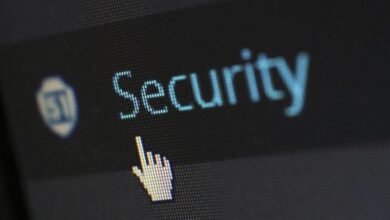Find Out Everything Caller Check 3801309633 3511942317 3512127195 3892844902 3516844930 3511208398

The increasing prevalence of unknown callers has prompted many to investigate numbers such as 3801309633, 3511942317, and others. Utilizing caller lookup tools can reveal significant information about these contacts, including their origin and potential spam classifications. Understanding the caller ID system and recognizing patterns in unwanted communications is crucial. As users seek clarity on these numbers, the implications of their findings may influence their future interactions. What insights might emerge from this analysis?
Understanding the Caller ID System
The Caller ID system serves as a critical tool in telecommunications, enabling users to identify incoming calls before answering.
This technology employs caller identification to display the originating phone number, facilitating call tracking and enhancing user control.
Furthermore, it aids in spam detection, empowering individuals to filter unwanted communications.
Tools and Resources for Caller Lookup
Numerous tools and resources are available for effective caller lookup, providing users with various methods to identify and evaluate unknown phone numbers.
Caller lookup services leverage extensive phone number databases to deliver detailed information such as caller identity, location, and potential spam ratings.
Common Patterns of Unwanted Calls
How do patterns of unwanted calls manifest in today’s communication landscape?
Unwanted calls often exhibit common characteristics, such as originating from unfamiliar numbers, displaying similar area codes, or employing automated messages.
Spam calls frequently target specific demographics, leveraging time zones and consumer behavior.
Additionally, they may employ deceptive tactics, such as spoofing legitimate numbers, complicating identification and increasing frustration among recipients seeking to maintain their privacy.
Steps to Take if You Suspect a Scam
Recognizing the signs of a potential scam can prompt individuals to take decisive action, safeguarding their personal information.
First, they should cease communication and document the details.
Next, reporting scams to authorities enhances collective awareness.
Finally, individuals must review privacy settings on their devices to ensure protection against future threats.
Implementing these steps is crucial for maintaining autonomy over personal data.
Conclusion
In conclusion, leveraging caller lookup tools transforms uncertainty into clarity, illuminating the shadows cast by unknown numbers. By navigating the landscape of caller identification, individuals can discern legitimate contacts from potential threats, effectively safeguarding their communication channels. As the digital world continues to evolve, staying informed about caller patterns and recognizing the signs of fraud are essential measures in maintaining personal security. Ultimately, knowledge acts as a shield against the pervasive nature of unwanted calls.



